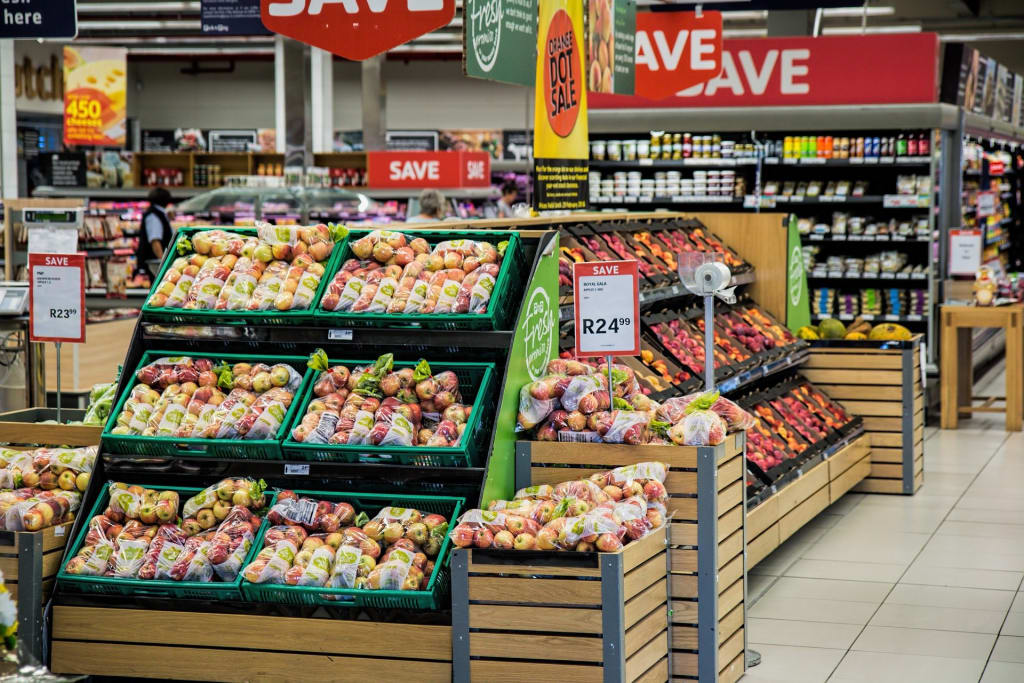How to do a Feasibility Study for your Grocery Store?
Is your proposed grocery store worth it to pursue?

Products sold in grocery stores are primarily fast-moving consumer goods. Mark-up is low, but items are sold in bulk. Also, starting a grocery store does not need significant initial investment. However, the barrier to entry is low, making this industry a competitive one.
You have to do due diligence in market research and the overall feasibility of your project. We will discuss here the factors affecting the feasibility of your business.
1. Products
Offering a complete one-stop-shop for your customers is one of the advantages a grocery store can offer. You should have enough varieties of products to choose from. Depending on your target market, offering smaller portions will be a good strategy, especially if you are catering to the general population. Products should vary from dry goods, household items, fresh and frozen foods, and a wet section offering meat and fish.
2. Identifying Your Customers
You have to target several customers to achieve profitable sales per week or month. Beforehand, conduct environmental scanning and identify whom you can cater to. Evaluate if there are residential areas within a certain radius in your locality. Your products and offerings should match the economic status of your target market.
3. Demand-Supply
Study who your competitors are and know their competitive advantages. Then what can you offer to differentiate from the existing competition? Can you take a portion of their market shares? Or is there still unserved demand in your target location?
Also, the capitalization of your competitors can give them an advantage in terms of pricing. Find your unique selling point and use it to penetrate the market.
4. Promotions
Promotional activities are a must to retain and get more customers. Offering products at discounted prices and buy-one-take-one items are some of the promotions you can do. Also, promote through social media and other platforms fit in reaching out to your target customers.
5. Inventory Management
An inventory management system is essential to keep proper track of your inventory. This way, you can better plan the timing of your cash inflows and outflows in acquiring and maintaining inventory depending on the turn-over per product.
6. Store Equipment
The capital investment needed is the POS system, computers, security system, air conditioning units, and refrigerators. Match your inventory of perishable items with your refrigerator’s capacities to avoid food spoilage, thus avoiding losses.
7. Sources of Sales
Aside from in-store purchases, you can also offer pick-up and delivery purchases. Especially in this time of the pandemic, offering delivery purchases are preferred by customers to limit their close contact with people in a crowded area.
8. Salaries and Wages
Employees include the store manager, cashiers, merchandisers, delivery drivers, cleaners, and office staff. Compute their basic salaries plus the social security and health benefits contributions.
You should prepare a personnel plan concerning your expansion targets. That way, you can allocate enough budget to hire more people when the need arises.
9. Utilities
Utilities are one of the major operating expenses when running a store. Keep this cost in check to not get out of hand. It is also a deciding factor when selecting and acquiring energy-efficient equipment.
10. Computing the Initial Investment
The initial investment includes the purchases, operating expenses, and capital expenditures you need before the business can support its operation. Knowing the needed initial investment will also help you decide whether to source outside funding or do bootstrapping.
11. Assessing Financial Feasibility
You are now down to computing the revenue and the costs involved in all those activities. By assessing the financial viability of your project, it will show if the project is worth pursuing or not depending on the result of the financial metrics and analysis.
The financial feasibility will also aid in identifying which aspect you can cut costs or increase sales to maximize business profits. A financial model template for a grocery store is a helpful financial planning tool to assess your project. eFinancialModels offer financial model templates prepared by industry experts. Their templates are fully editable, where you can input your assumptions and arrive with the financial analysis and metrics with corresponding charts and graphs of key metrics.
Going through all the significant aspects of your business as presented above will give you a solid basis in deciding whether to pursue your proposed venture or not. A thorough analysis is a must to save your time and resources if the project is not profitable.
About the Creator
Lellith Garcia
Lellith Garcia is the Marketing Manager of eFinancialModels.com, which provides a rich inventory of industry-specific financial model templates in form of Excel spreadsheets.






Comments
There are no comments for this story
Be the first to respond and start the conversation.